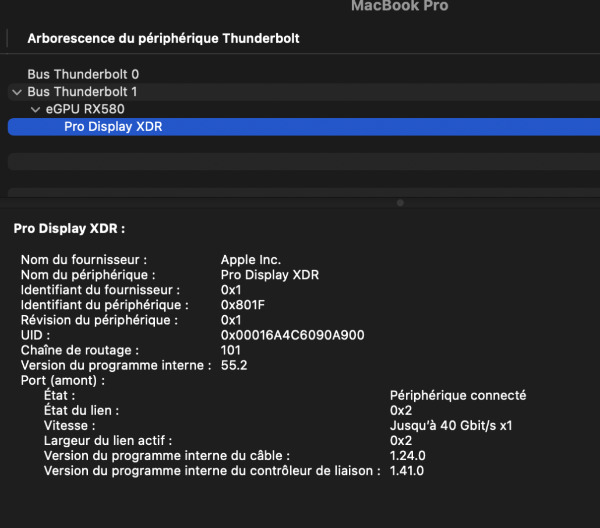The emulation software enables ARM64-based Android apps to run on a Mac. Similar to the virtualization of Microsoft’s Windows operating system on Apple’s M1 devices, the native hardware virtualization of the M1 chips via Qemu is also used here. According to Google, however, the presentation is only a first preview version of the emulator. 先日M1 Macを購入し、 思ったよりもトラブることなく快適に使っています。 Androidの開発環境を作っていたところ、まだ公式にはエミュレータが使えない状態だったので、何とかできないかと試してみました。 ※ この記事内の情報は. M1 MacBook air에 android studio를 다운로드했지만 에뮬레이터를 실행할 수 없으며 오류 만 발생합니다. 나는 맥에 대한 안드로이드 스튜디오 요구 사항을 검색하고 그것은 맥 OS 10이 필요하다고 말합니다. Microsoft 365 native app support for Apple Silicon Macs. Apple unveils new 13-inch MacBook Pro with M1. Apple announces new Mac mini featuring M1 chip.


Yesterday the emulator was working perfectly. The system image was arm64-v8a. I don’t exactly remember the Release name of the working system image but, yesterday there was an update for the ARM 64 system image which I accepted and the release name is “S”.
I can start the emulator from my AVD Manager, the emulator also starts when I press the ‘Run app’ button however, the app isn’t loaded on the emulator and the emulator appears offline if I check through “adb devices” or if I click on “Troubleshoot Device connections” it shows:
“emulator-5554 – Device is currently in the offline state”
Android Studio M1
I have tried most of the suggestions found on StackOverflow like:
adb kill-server, adb start-server
Remove and re-create AVD device
Invalidate Caches/Restart
Enable USB debugging inside the emulator
Wipe data and cold boot from AVD manager
I am using Android Studio 4.1.3
Build #AI-201.8743.12.41.7199119, built on March 10, 2021Runtime version: 1.8.0_242-release-1644-b3-6915495 x86_64VM: OpenJDK 64-Bit Server VM by JetBrains s.r.omacOS 10.16GC: ParNew, ConcurrentMarkSweepMemory: 1981MCores: 8Registry: ide.new.welcome.screen.force=true, external.system.auto.import.disabled=trueNon-Bundled Plugins: org.jetbrains.kotlin
AVD:
Any idea what has gone wrong? Or how to tackle this issue?
Answer
Avd Mac M1 Software
Replace the avd system images you have downloaded with the r02 images. r03 is broken for me but reverting to r02 saved the day!
With the latest android (4.1.3) on macOS, the directory you want to put the unzipped images in is probably something like ~/Library/Android/sdk/system-images/android-S.
For example, the path for the google play image is ~/Library/Android/sdk/system-images/android-S/google_apis_playstore/arm64-v8a